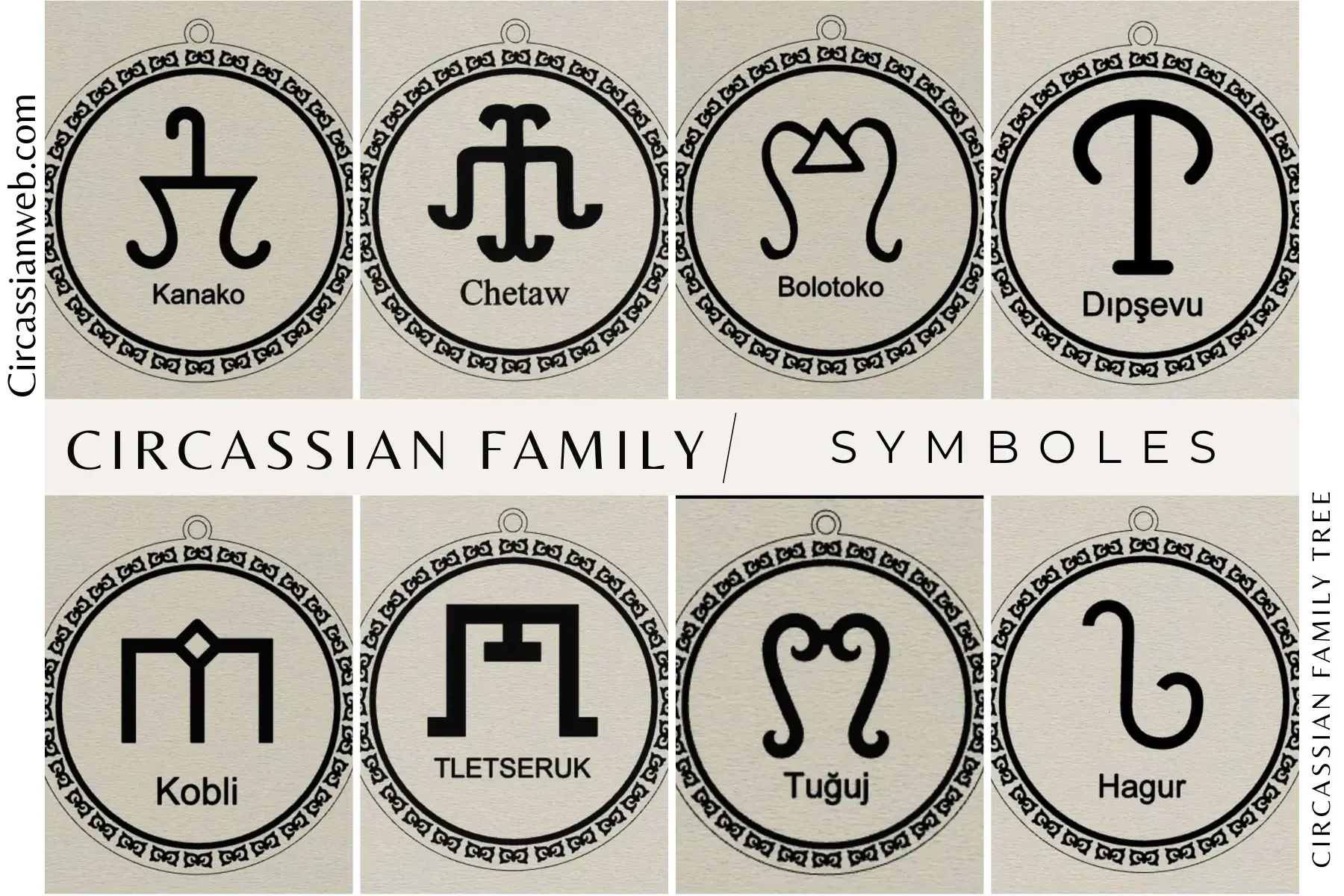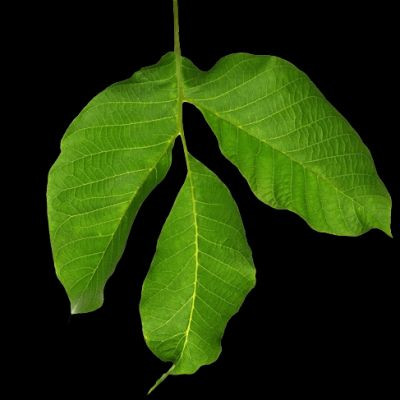Circassians | Wikipedia audio article
This is an audio version of the Wikipedia Article:
Circassians
Listening is a more natural way of learning, when compared to reading. Written language only began at around 3200 BC, but spoken language has existed long ago.
Learning by listening is a great way to:
- increases imagination and understanding
- improves your listening skills
- improves your own spoken accent
- learn while on the move
- reduce eye strain
Now learn the vast amount of general knowledge available on Wikipedia through audio (audio article). You could even learn subconsciously by playing the audio while you are sleeping! If you are planning to listen a lot, you could try using a bone conduction headphone, or a standard speaker instead of an earphone.
You can find other Wikipedia audio articles too at:
https://www.youtube.com/channe....l/UCuKfABj2eGyjH3ntP
You can upload your own Wikipedia articles through:
https://github.com/nodef/wikipedia-tts
"The only true wisdom is in knowing you know nothing."
- Socrates
SUMMARY
=======
The Circassians (Russian: Черкесы Čerkesy), also known by their endonym Adyghe (Circassian: Адыгэхэр Adygekher, Russian: Ады́ги Adýgi), are a Northwest Caucasian nation native to Circassia, many of whom were displaced in the course of the Russian conquest of the Caucasus in the 19th century, especially after the Russo-Circassian War in 1864. In its narrowest sense, the term "Circassian" includes the twelve Adyghe (Circassian: Адыгэ, Adyge) princedoms (three democratic and nine aristocratic); Abdzakh, Besleney, Bzhedug, Hatuqwai, Kabardian, Mamkhegh, Natukhai, Shapsug, Temirgoy, Ubykh, Yegeruqwai and Zhaney, each star on the Circassian flag representing each princedom. However, due to Soviet administrative divisions, Circassians were also designated as the following: Adygeans (Adyghe in Adygea), Cherkessians (Adyghe in Karachay-Cherkessia), Kabardians (Adyghe in Kabardino-Balkaria) and Shapsugians (Adyghe in Krasnodar Krai), although all the four are essentially the same people residing in different political units.
Most Circassians are Sunni Muslim. The Circassians mainly speak the Circassian languages, a Northwest Caucasian dialect continuum with three main dialects and numerous sub-dialects. Many Circassians also speak Turkish, Russian, English, Arabic and Hebrew, having been exiled by Russia to lands of the Ottoman Empire, where the majority of them today live. About 800,000 Circassians remain in historical Circassia (the modern-day titular Circassian republics of Adygea, Kabardino-Balkaria and Karachay-Cherkessia as well as Krasnodar Krai and the southwestern parts of Stavropol Krai and Rostov Oblast), and others live in the Russian Federation outside these republics and krais. The 2010 Russian Census recorded 718,727 Circassians, of whom 516,826 are Kabardian, 124,835 are other Adyghe in Adygea, 73,184 are Cherkess and 3,882 Shapsug.The Unrepresented Nations and Peoples Organization estimated in the early 1990s that there are as many as 3.7 million "ethnic Circassian" diaspora (in over 50 countries) outside the titular Circassian republics (meaning that only one in seven "ethnic Circassians" live in the homeland), and that, of these 3.7 million, more than 2 million live in Turkey, 300,000 in the Levant (mostly modern-day Jordan and Syria) and Mesopotamia and 50,000 in Western Europe and the United States.




![Megan Thee Stallion - Broke His Heart [Official Audio]](https://i.ytimg.com/vi/N8FBY-9_MHE/maxresdefault.jpg)

















